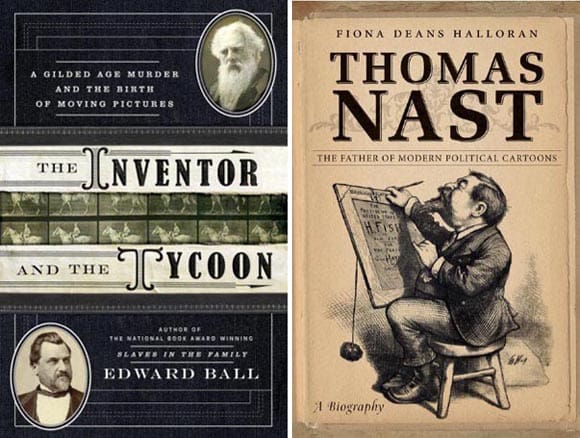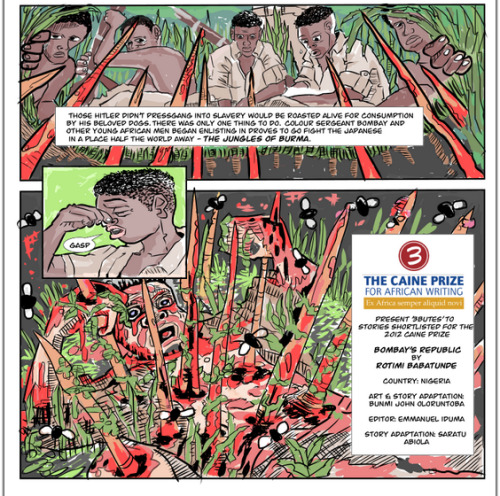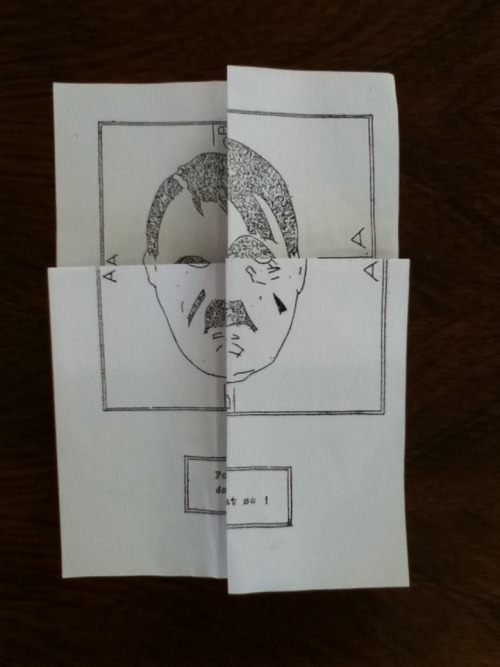Viewing: Blog Posts Tagged with: Political Cartoons, Most Recent at Top [Help]
Results 1 - 5 of 5
How to use this Page
You are viewing the most recent posts tagged with the words: Political Cartoons in the JacketFlap blog reader. What is a tag? Think of a tag as a keyword or category label. Tags can both help you find posts on JacketFlap.com as well as provide an easy way for you to "remember" and classify posts for later recall. Try adding a tag yourself by clicking "Add a tag" below a post's header. Scroll down through the list of Recent Posts in the left column and click on a post title that sounds interesting. You can view all posts from a specific blog by clicking the Blog name in the right column, or you can click a 'More Posts from this Blog' link in any individual post.

These two newly published books should be worth a look, especially for those who are interested in the 19th century roots of American cartooning and animation.
Eadweard Muybridge never animated a frame in his life, but his sequential photographs of animal locomotion and human action were vitally important to the development of animation craft. Less known about Muybridge is that he also murdered a man in cold blood. Edward Ball’s new book The Inventor and the Tycoon: A Gilded Age Murder and the Birth of Moving Pictures explores Muybridge’s life, and especially his relationship with California governor Leland Stanford, who was one of the photographer’s early benefactors. This book review in the Boston Globe sheds more light on the book’s contents.
explores Muybridge’s life, and especially his relationship with California governor Leland Stanford, who was one of the photographer’s early benefactors. This book review in the Boston Globe sheds more light on the book’s contents.
Another new arrival in the biography category tells the story of a seminal figure in American cartooning, Thomas Nast. His work serves as a reminder to artists that cartoons can be a powerful and impactful medium. Nast used funny drawings to attack those in power and his drawings helped lead to the downfall of the famously corrupt New York politician “Boss” Tweed. Nast’s drawings are also responsible for a good deal of America’s cultural iconography from the elephant symbol of the Republican party to the American-ized image of Santa Claus. Fiona Deans Halloran’s Thomas Nast: The Father of Modern Political Cartoons claims to be the most comprehensive biography of Nast to date. Here is a review of the book in the Salt Lake Tribune
claims to be the most comprehensive biography of Nast to date. Here is a review of the book in the Salt Lake Tribune
.

futurejournalismproject:
Reporting on Africa Through Interactive Comics
via Color Lines:
I ask Bunmi Oloruntoba why he works in comics; his answer speaks volumes.
“In many ways, the medium is like the African continent itself: it’s misrepresented,” he says. “When it comes to the continent, you know, it’s the conflict, it’s war, it’s the famine. And in comics, it’s Spiderman, the Hulk, superheroes! One genre within the medium has grown so large that it eclipses the medium, and people can’t see the potential. Just like it’s hard to see the humanity, the complexity, the drive of all the things Africans are doing, because it’s been eclipsed.”
This eclipsing is what novelist Chimamanda Adichie has called the problem of the ‘single story.’ Oloruntoba, a Nigerian-born journalist and academic in Washington, D.C., is proposing a solution: collide Africa’s single-story problem against comics’ single-story problem, and see what interesting new particles appear. With literary editor Emmanuel Iduma, he runs 3Bute.com (pronounced tri-bute), adapting other writers’ stories about Africa into three-page comics — and then wrapping those comics in a ‘mashable’ layer that lets any reader dot the panels with their own public annotations. Mouse over a drawing of a laptop surrounded by partiers, and you can watch a Youtube music video of the Hausa hit they might be dancing to; mouse over a drawing of Charles Chikwanje boldly refusing to reveal the name of his gay lover on Malawi television, and get a recommendation for a biography of Bayard Rustin. It’s new-media innovation, historical context, Wikipedia rabbithole, and sometimes even loyal dissent, side by side. And all of it is a living antithesis to the single story.
FJP: What’s really neat is that 3Bute uses what they call a mash-up platform that lets writers and artists collaborate on the 3 page visualizations. Each works like a pinboard where readers can tag a story with relevant context. Visit the site and check it out.
Image: 3bute.com collaborated with the Caine Prize, Africa’s leading literary prize, to adapt all the stories shortlisted into comics. Above is a screenshot from Bombay’s Republic by Rotimi Babatunde.
This relates to our previous post on the state of editorial cartooning in Canada and the US, specifically about what was said regarding “journalistic cartooning” in other parts of the world (I’m paraphrasing).


This just might be every cartoonist’s worst nightmare: Syrian political cartoonist Ali Ferzat was kidnapped and later found bleeding on the side of a road with his hands broken. Unsurprisingly, the attack is being blamed on the security forces of Syrian dictator Bashar al-Assad. Ferzat, according to the Guardian, is “one of Syria’s most famous cultural figures,” and he has “long criticised the bureaucracy and corruption of the regime and since March has turned to depicting the uprising.” His work has also served as inspiration for animated projects in Syria.
A few weeks ago, the Syrian regime killed the singer Ibrahim al-Qashoush, the composer of a popular anti-regime song, and dumped his body in a river with his vocal chords ripped out of his throat. These desperate attempts to shut down the voices of the country’s most creative people is disheartening, but it also speaks to how much power artists wield throughout society and how much fear they can instill into governments. Even in the United States, cartoonists have been responsible for bringing down corrupt politicians with nothing but their pens. Ferzat’s story is something that every cartoonist and animator should remember the next time they make a drawing: cartoons have the power to create positive change, and there are cartoonists around the world risking their lives to do just that.
The Facebook page We Are all Ali Ferzat has been set up in his support. We applaud Ferzat’s bravery and wish him a speedy recovery.
According to a tweet, this is the last cartoon Ferzat drew before he was beaten and here’s a selection of more cartoons by him:
Cartoon Brew: Leading the Animation Conversation |
Permalink |
4 comments |
Post tags: Ali Farzat, Ali Ferzat, Political Cartoons, Syria

Cartoon by Taillefer Long



hamlet-and-icecream:
My uncle brought this from the Danish Resistance Museum here in Copenhagen - a subversive “fold-for-hidden-message” Hitler. Pretty cool. Reminds me of the back of Mad magazine.
This gem was posted by my friend Pippin. I don’t think Al Jaffee ever attempted a four-way MAD Fold-In, did he?


explores Muybridge’s life, and especially his relationship with California governor Leland Stanford, who was one of the photographer’s early benefactors. This book review in the Boston Globe sheds more light on the book’s contents.
claims to be the most comprehensive biography of Nast to date. Here is a review of the book in the Salt Lake Tribune







